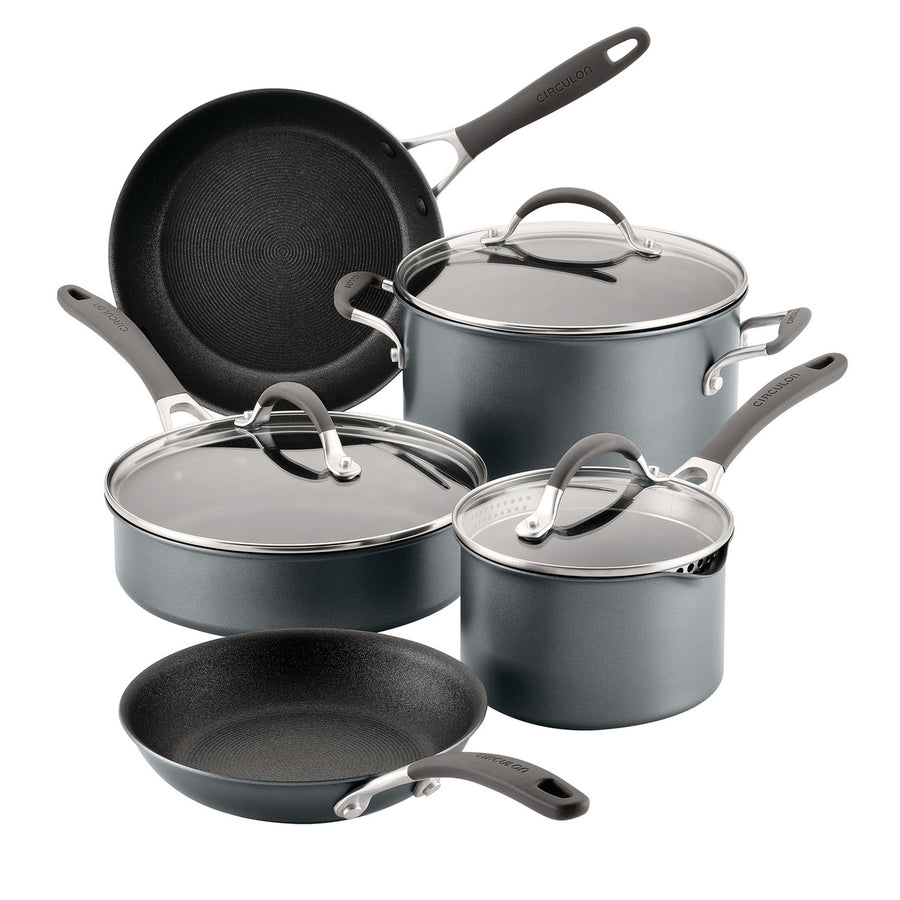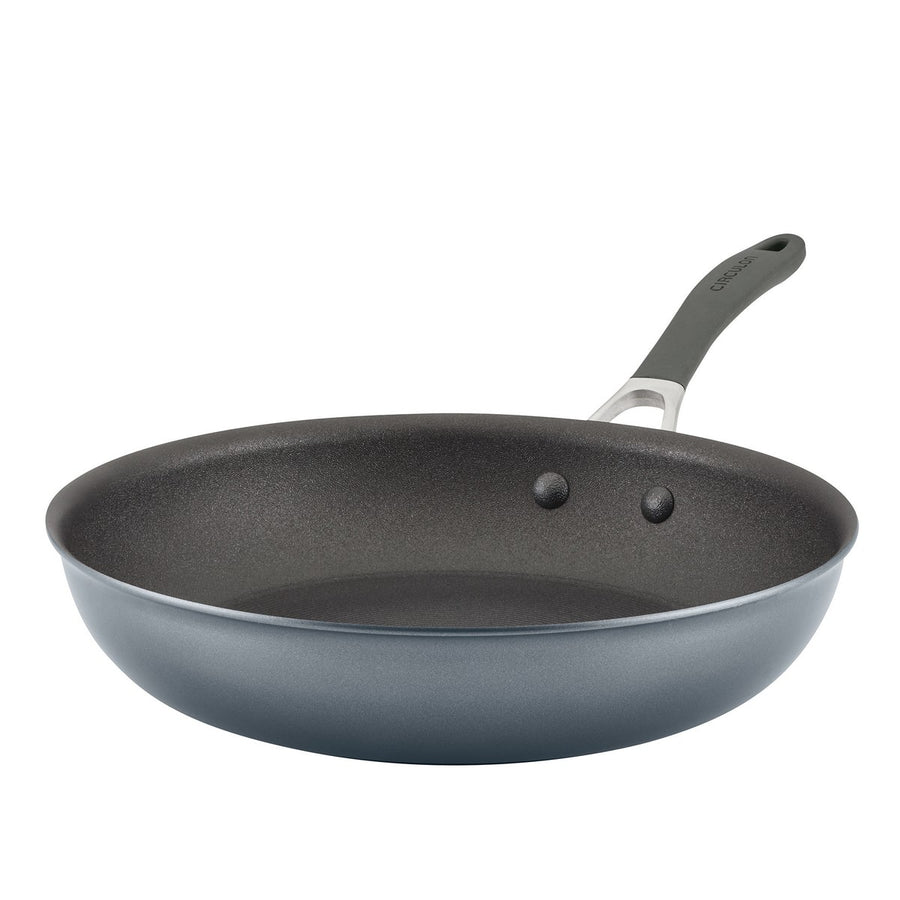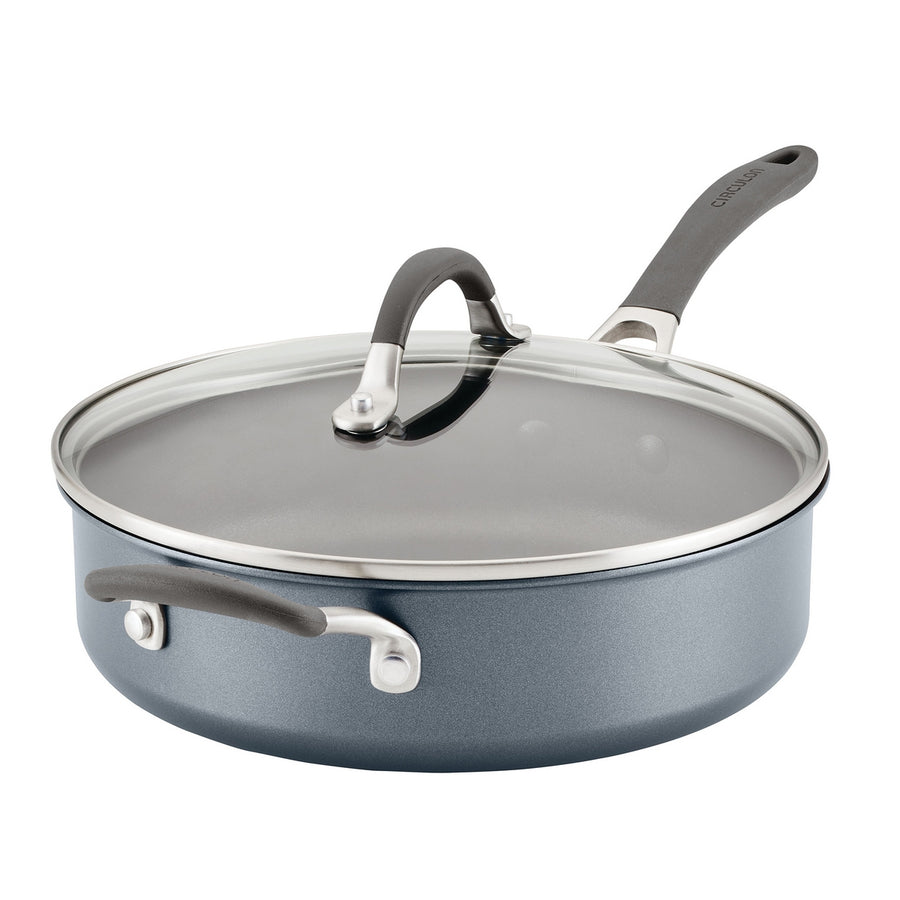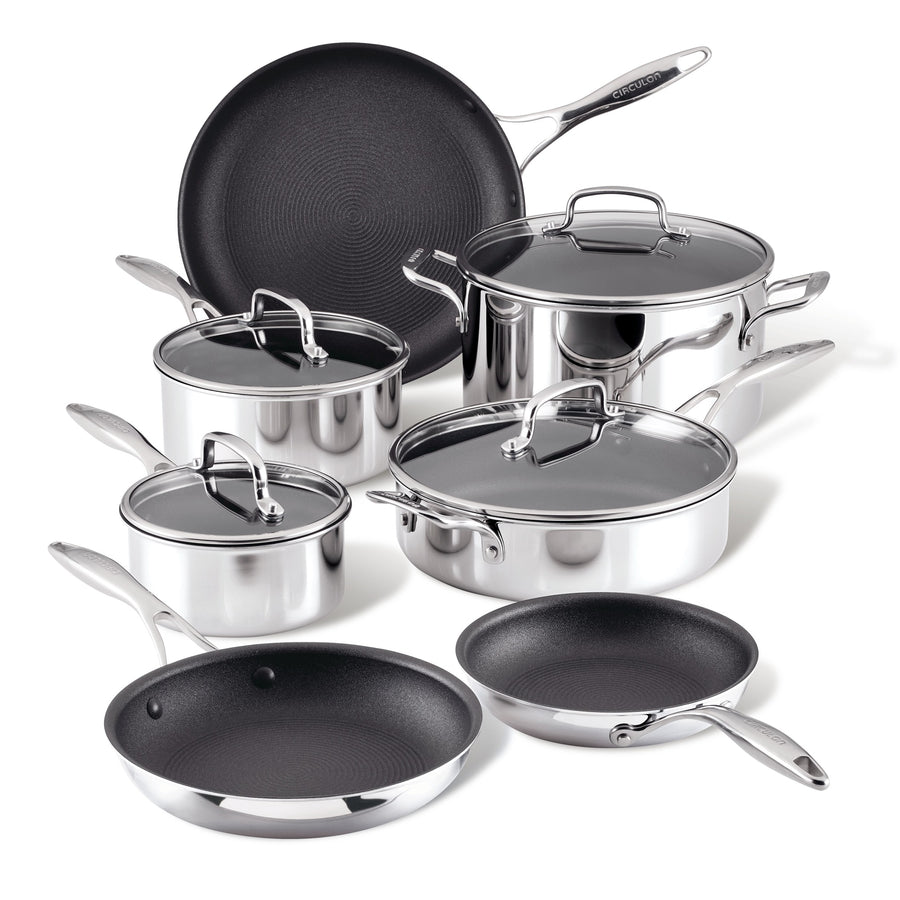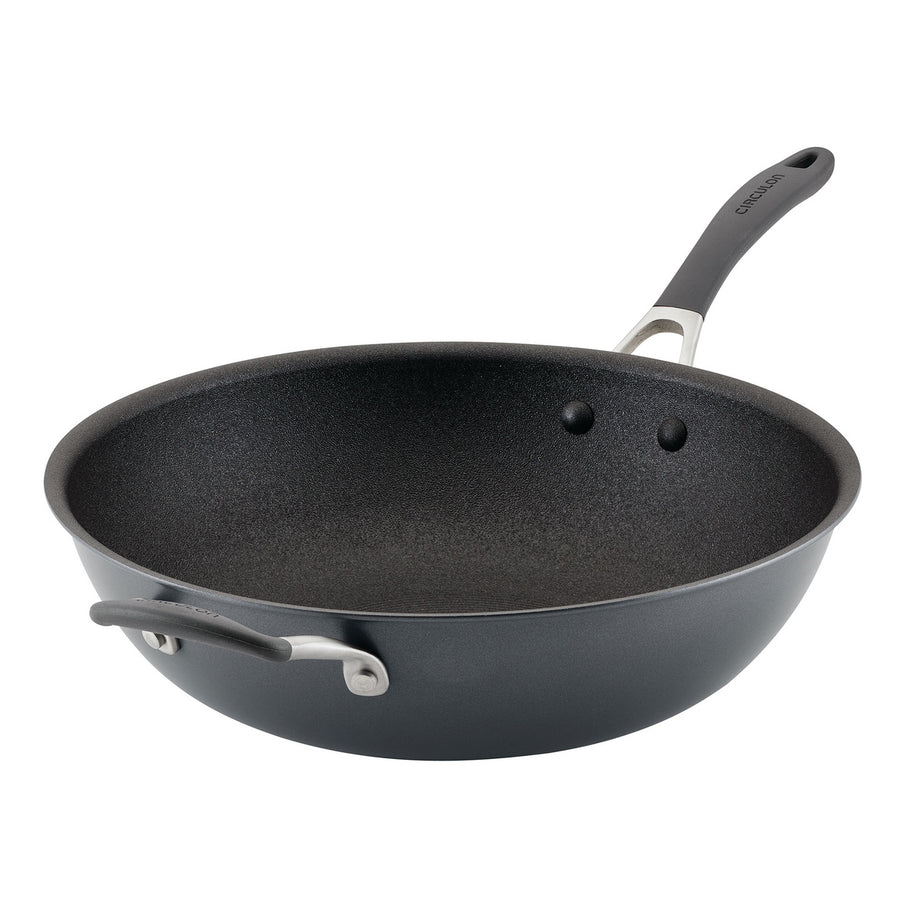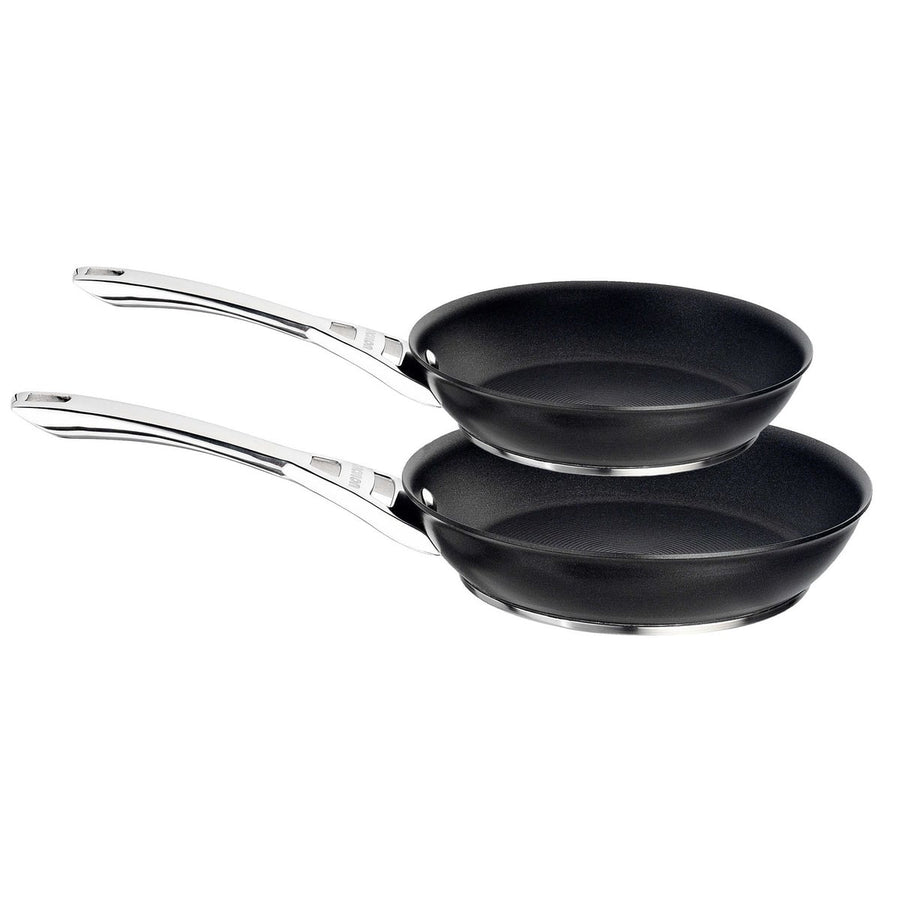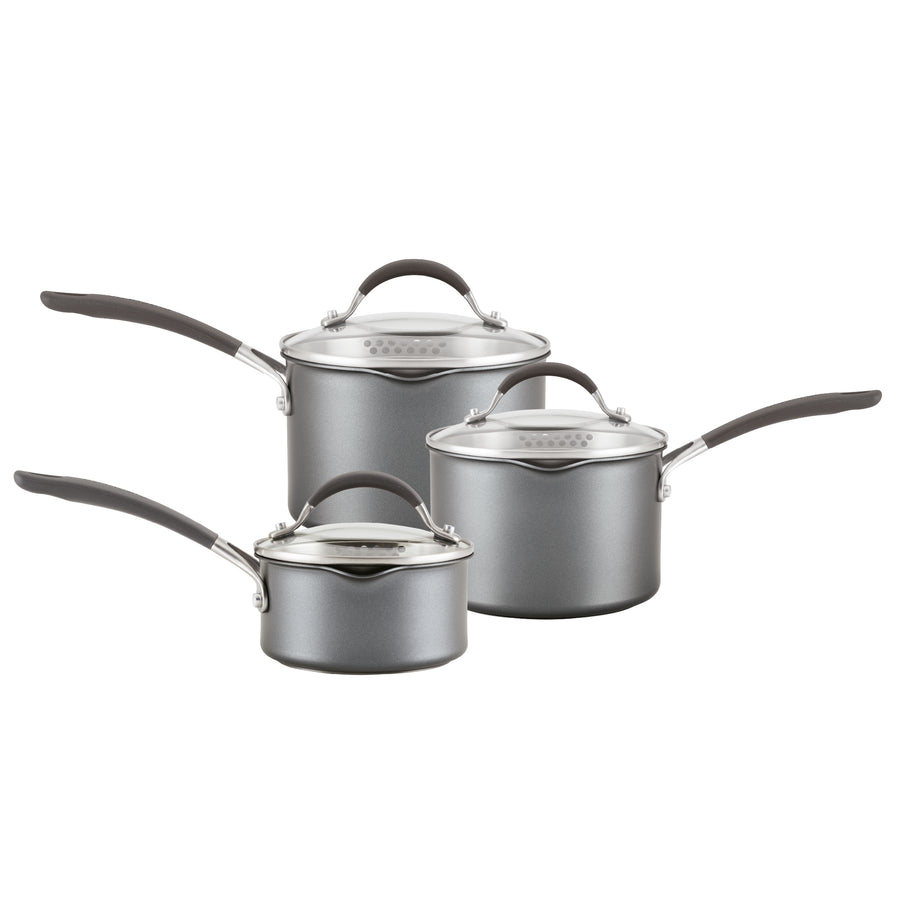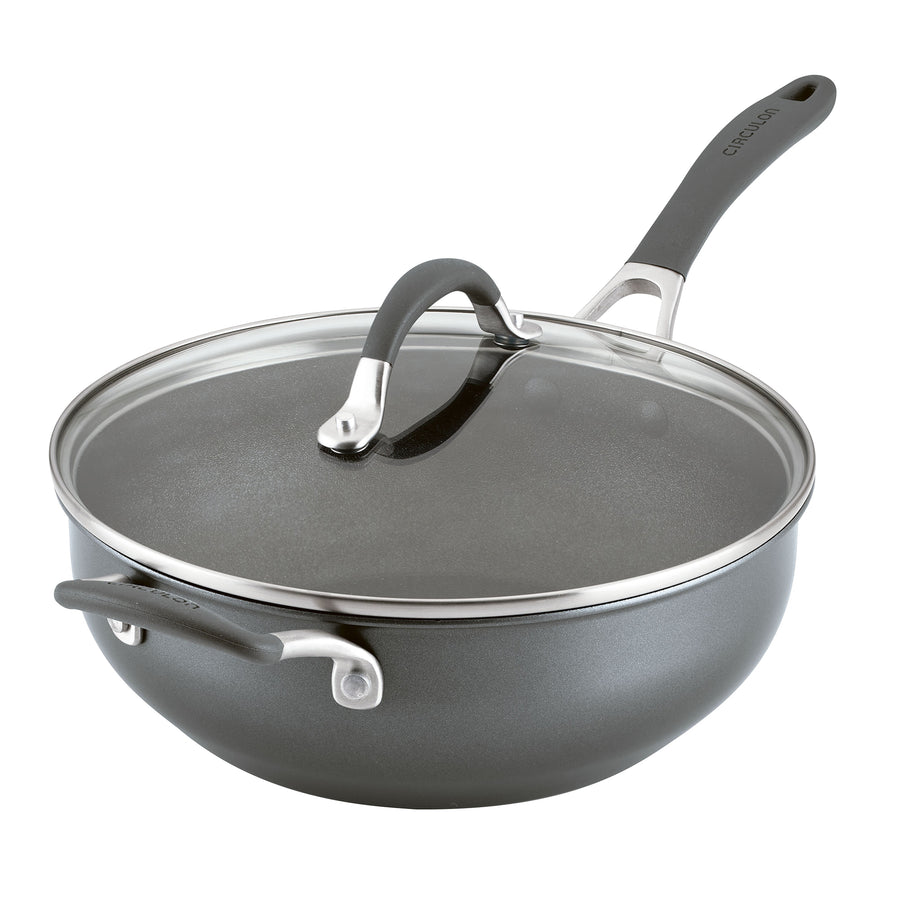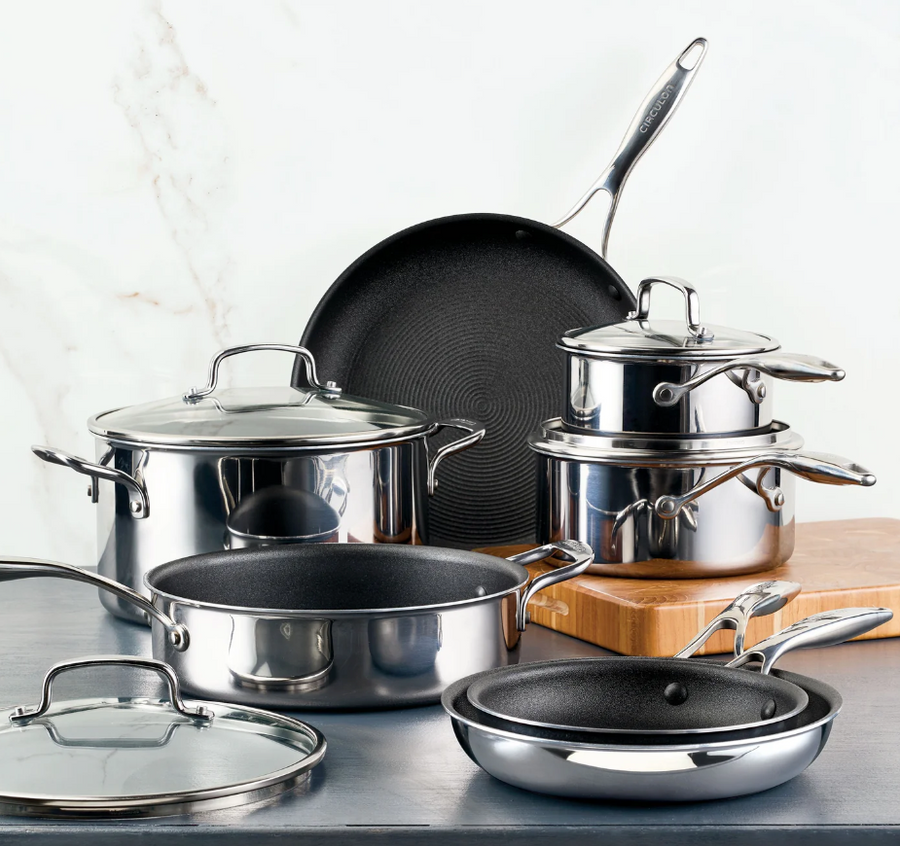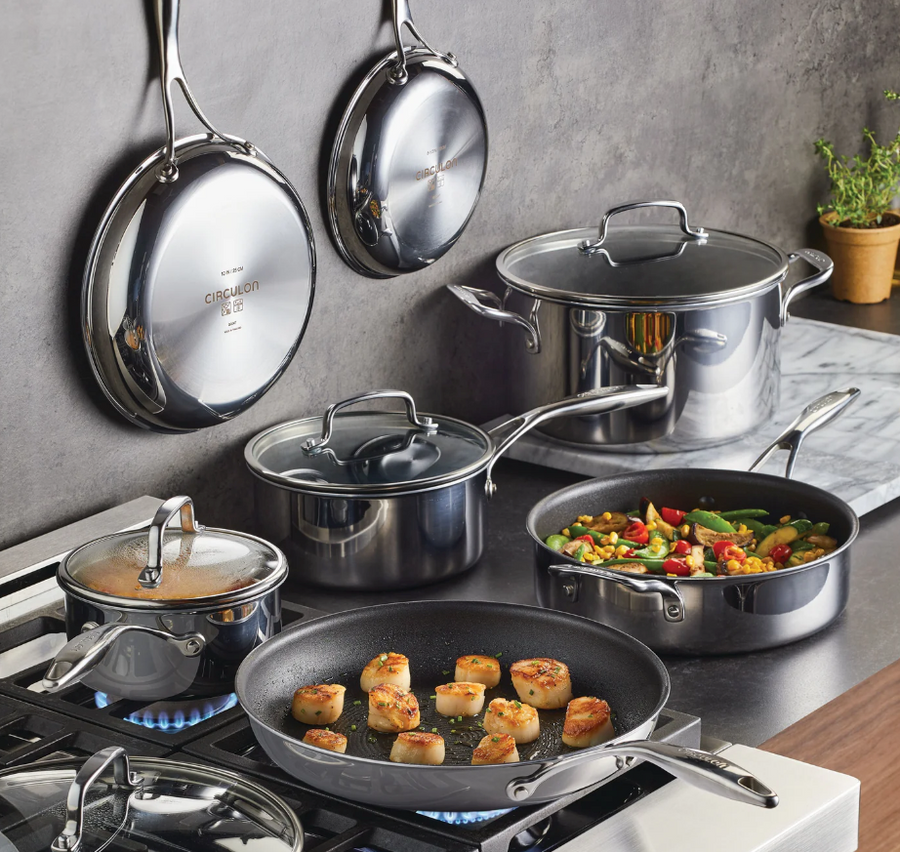We’ve collated some ideas on how you can enjoy this seasonal treat.

Rhubarb is a much-maligned ingredient. It’s often dismissed for being too stringy, sour and reminiscent of soggy school dinners. It’s a shame because, when properly prepared, rhubarb is an absolute delight to both cook and eat. Forced rhubarb in particular, has a fascinating history - as well as an incredible taste.
Rhubarb comes into season towards the end of March, although you can find forced rhubarb available in markets from January to March.
What is ‘Forced Rhubarb’?
Forced rhubarb was created by some very clever Yorkshire farmers back in the Victorian era. The rhubarb plants spend two years out in the fields without being harvested. While in the fields the plants store energy from the sun in their roots as carbohydrates. The roots are subjected to frost before being moved into sheds in November where they are kept in complete darkness. In the sheds the plants begin to grow in the warmth and the stored carbohydrate in the roots is transformed into glucose resulting in forced rhubarb's sour-sweet flavour.
Forced rhubarb grown in the sheds is prized for being more tender than rhubarb grown outdoors in summer. Traditionally, the pickers pull the stalks in candlelight as any exposure to strong light will stop the growth.
Forced rhubarb was traditionally grown by farmers in the West of Yorkshire, an area which became known as ‘the rhubarb triangle.’ In 2010, it was even awarded Protected Designation of Origin (PDO) status by the European Commission’s Protected Food Name scheme.
If you’re lucky enough to source some forced rhubarb, we would strongly recommend getting your biggest saucepan out and making a big batch of Eat Like a Girl’s Rhubarb, Rose and Pistachio Porridge for brunch. Or - if you’re feeling more adventurous - why not boil up a batch of Yorkshire Rhubarb Ketchup in your stockpot?

Rhubarb Loves Mackerel
Rhubarb and fish may sound like an odd couple, but together they are the perfect flavour combination. The sourness of the rhubarb counteracts the rich, oily mackerel, creating a dish which is so much more than the sum of its parts.If you’re wondering where to start, Diana Henry’s recipe for Mackerel with Spiced Rhubarb Relish would make a simple, elegant starter for any dinner party (you can also use the leftover relish with pork - very handy!) If you don’t have time to make your own relish, Nigel Slater’s Pan Fried Mackerel with Roasted Rhubarb only takes 30 minutes.
Add a bit of spice
Rhubarb and ginger is a match made in heaven, meaning that Delia Smith’s Rhubarb and Ginger Brulee must be the food of the Gods. And, because we couldn’t do a round-up of rhubarb recipes without including at least one baked treat, these spicy Rhubarb, Cinnamon and Brown Sugar muffins are packed full of spices and a delightfully crunchy topping. We bet you won’t be able to eat just one!




